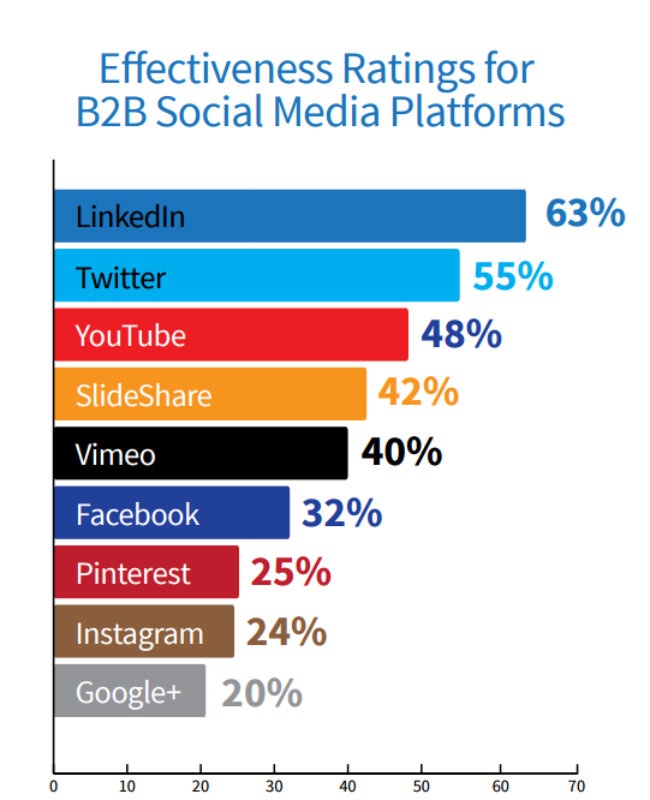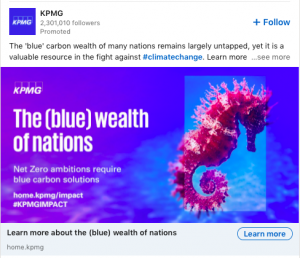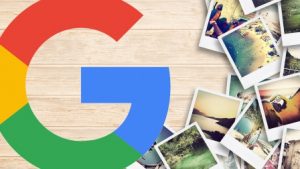
One of the most overlooked parts of a B2B marketing campaign is social media.
Everyone likes to talk about it because it’s fun, and because it looks simple and easy. Because of that, social media doesn’t look like something where a business in a B2B industry would focus their energies.
After all, when was the last time the CxO of a Fortune 500 company signed a five-figure contract through a Twitter conversation? Yeah, that never happens.
But just because social media isn’t the main driver of sales doesn’t mean it doesn’t matter.
On the contrary, 45 percent of companies that use social media marketing have found it helps them reduce their marketing costs while 24 percent of businesses who use it specifically for lead generation have seen an increase in revenue.
If social media matters, then how do you use it in your lead generation marketing?
How Social Media Fits a Lead Generation Campaign
A lead generation campaign can be segmented into three parts, one leading to the other:
- Attract
- Convince
- Convert
To get leads, you first need to attract people to your website (or even better, to one of your landing pages). Once they are there, you need to convince them you have something they need to solve a problem or meet a need. This conversion is what generates leads.
The question then is, where does social media fit this picture?
Social media is all about attracting people into your funnel and engaging with them. By engaging with your visitors, you attract them into what you have to offer, and you can even help them convince and convert. However, this last part is usually done by the landing page or by other content material. Your main focus should be attracting and engaging people.
In the next sections, I will explain everything you need to know to use social media to attract the best leads for your business.
How to Use Social Media to Attract High-Quality Leads
Develop an ideal buyer
Everything starts with the ABC of lead generation: developing an ideal buyer (or buyer persona). You can’t expect to attract people when you don’t know who these are.
If you have any experience doing marketing for B2B, you probably have already defined an ideal buyer for your company. If that’s so, then you can move on to the next step. But if you haven’t, then it’s time to get started.
In the simplest terms, a persona is a representation of your ideal customer. If you sell hiring software for small companies, then your persona should be a hiring manager who works in a 50-person company with an overall budget of $ 1 million whose goal is to improve the quality of the people they hire.
If that sounds too specific, it should. Remember, you need to communicate only to one person (even if you have more than one ideal buyer).
To develop a persona, you need to get as much information as you can both from your current customers and the ones you are trying to attract. Analyzing the data from your analytics provider, doing surveys, phone and personal interviews, and research will help you find this information.
When looking for information, try to answer the following questions:
- What is the position of your ideal buyer?
- What are their goals, both business and personal?
- What industry do they work in?
- What is their budget for your specific solution?
- What other tools are they already using? What are they trying to accomplish with their current tools?
- What problems and limitations do they currently have? This can apply for their tools or their position.
- How many people work in their company?
- If they manage people, how large are their teams? And who do they manage?
- Who is their boss?
- What channels do your buyers use for research?
With the information extracted from these answers, you will be able to develop your ideal buyers. Remember, the more specific, the better.
Pick the right social media channels
As you know, there are at least half a dozen different social media channels you can use for your company. But you can’t chose one based on popularity or its cool factor. What you need is a relevant channel on which you can find, attract and engage your audience.
Since you know your target persona for engagement, this process consists in qualifying the different social media channels and eliminating those not appropriate for your audience.
According to a study from the Content Marketing Institute, 63 percent of marketers found LinkedIn was the most effective B2B social media platform, followed by Twitter and YouTube.

Source: Content Marketing Institute
Furthermore, Social Media Examiner found B2B marketers use the following social media accounts for their businesses:
- 89 percent use LinkedIn
- 88 percent use Facebook
- 83 percent use Twitter
- 61 percent use Google+
- 55 percent use YouTube
- 39 percent use Pinterest
- 26 percent use Instagram
To pick the best social media channel for your efforts, ask yourself a few questions:
- Where does your ideal buyer hang out? If you don’t know, ask them.
- What kind of information are they looking for? Where can they find it?
- If you know the social media channels where they hang out, which one is the most active?
- How formal is your industry? If it’s very formal, then Facebook may not be your best bet, whereas LinkedIn might be. If it’s informal, then Twitter may be where you want to focus.
If your resources are limited, it may make sense to own one social media channel then move on to others once you have found success.
Engage with your social media followers
To start, create high-quality content relevant to your audience. This will help you get known and respected in your industry. If you are known for your expertise, every time you publish something people will listen to what you have to say. This will make it easy for you to engage and attract relevant traffic to your lead generation campaigns.
Then, monitor your social media channels. If people end up talking about you, you want to be there when that happens. You can use a tool like Mention or BuzzSumo to do this.
You want to monitor three main things:
- Your company
- Your industry
- What you represent
In other words, monitor your company’s name, your main industry’s keywords, and keywords that relate to what you do. For example, if you sell accounting software, monitor “accounting solution” and “best accounting tool”.
Finally, create a conversation. Your company isn’t just made up of logos and fonts, it’s also made of people. Your followers (which also include possible leads) want to talk to you. Create content specific to your social media channel of choice, like an image, a question, a survey, a video, an insight or a tip. It’s almost the same as you did with the influencer, just this time the tables have been turned.
Digital & Social Articles on Business 2 Community
(8)






